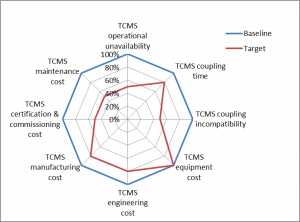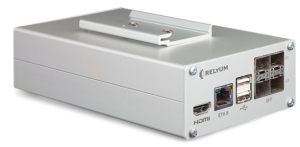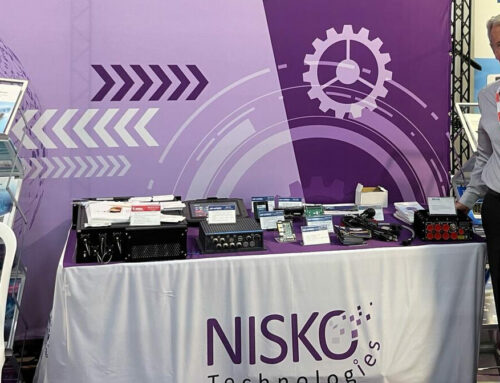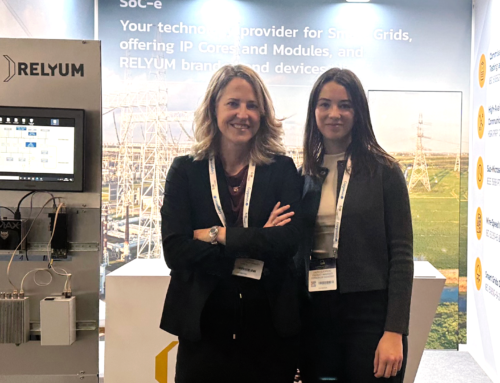In this new post, we talk about the CONNECTA-2 Project and how we have been involved in it, using our Time Sensitive Networking (TSN) solutions to implement the backbone known as ECN-ETN networks in the railway architecture.
What is the CONNECTA-2 Project?
- To continue the development of wireless technologies for the train communication networks, including the wireless ECN, the wireless ETB, the train-to-ground communication and the train-to-train communication.
- To implement the new train-wide communication network (known as NG-TCN) for full TCMS support including the replacement of train lines, connecting safety functions up to SIL4 and support of “fail-safe” and “fail-tolerant” principles, to provide an optimal train network for TCMS and OMTS (Onboard Multimedia and Telematic Services) as well as communication mean for non-TCMS functions, as defined in CONNECTA-1.
- To continue with the standardisation of functional interfaces of functions (application profiles).
- To implement the Functional Open Coupling (FOC) concept to facilitate the coupling of two or more consists supplied by different manufacturers and which could have different train functions.
- To develop the simulation framework, defined by CONNECTA-1, in which all subsystems of the train can be simulated, allowing remote and distributed testing including hardware in-the-loop through heterogeneous communication networks.
- To implement the Functional Distribution Framework (FDF) to allow the new function-centric approach for the TCMS and the reduction of the number of onboard electronics and of complexity.
- To integrate into the NG-TCN safety critical functions.
- To validate non-railway standards and technologies for use in safety-related railway applications.

Image taken from: https://projects.shift2rail.org/
(This information was taken from : https://projects.shift2rail.org/ webpage)
Relyum in the Connecta-2 project
One of the technologies that has been considered in this project is Time-Sensitive Networking as a great candidate for implement the backbone network known as ECN-ETN networks in a railway architecture. To perform the validation that was considered as part of this project, CAF used one of RELYUM’s most popular TSN testing tool: RELY-TSN-LAB.

RELY-TSN-LAB can simulate surges conditions and other interferences In the network by forcing FCS (CRC) errors in selected frames. Last bit of the check sequence is changed leaving the rest of the frame untouched.
Additionally, the device permits the measurement of the bandwidth and latency of a certain traffic in a specific device or network segment. This feature is performed by hardware timestamping the packet before it is injected in the network or device under analyse and after receiving it from the network or DUT.
The timestamp of the packets is based on the IEEE 802.1AS synchronization, which becomes an important benefit when used in Deterministic networking. The timestamps can be stored along with useful package information that can be post-processed in order to generate performance results about IEEE 802.1Qbv.
In particular, the railway company used RELY-TSN-LAB for validating the behaviour of IEEE TSN standards in the ECN, the correct traffic shaping, scheduling and filtering in Qav, Qbv and Qci.






